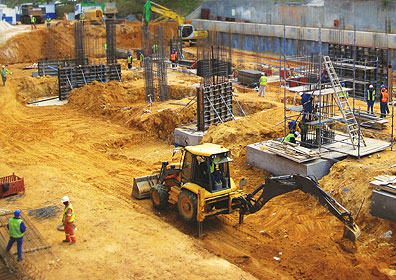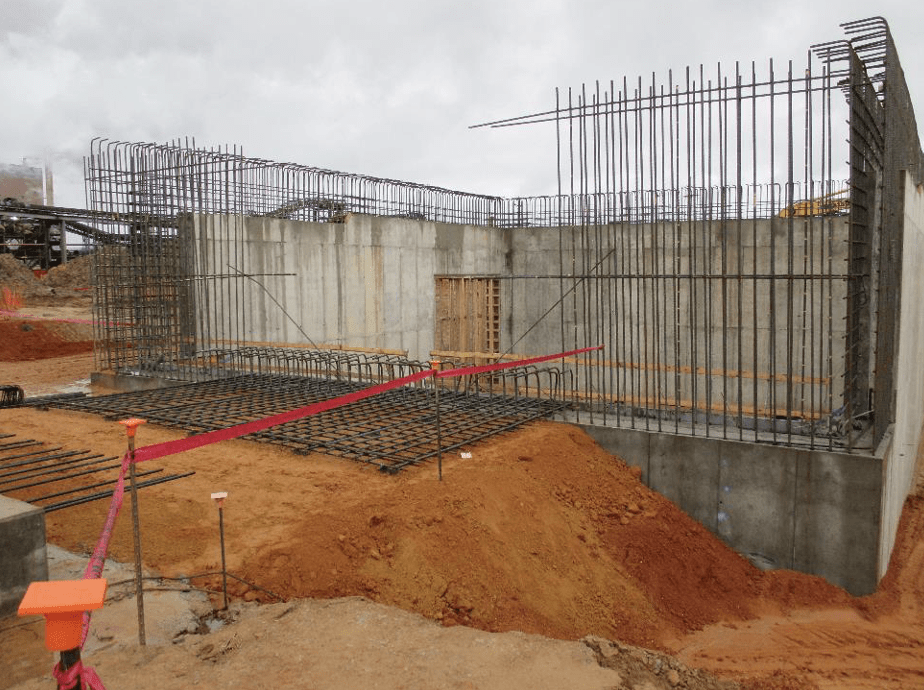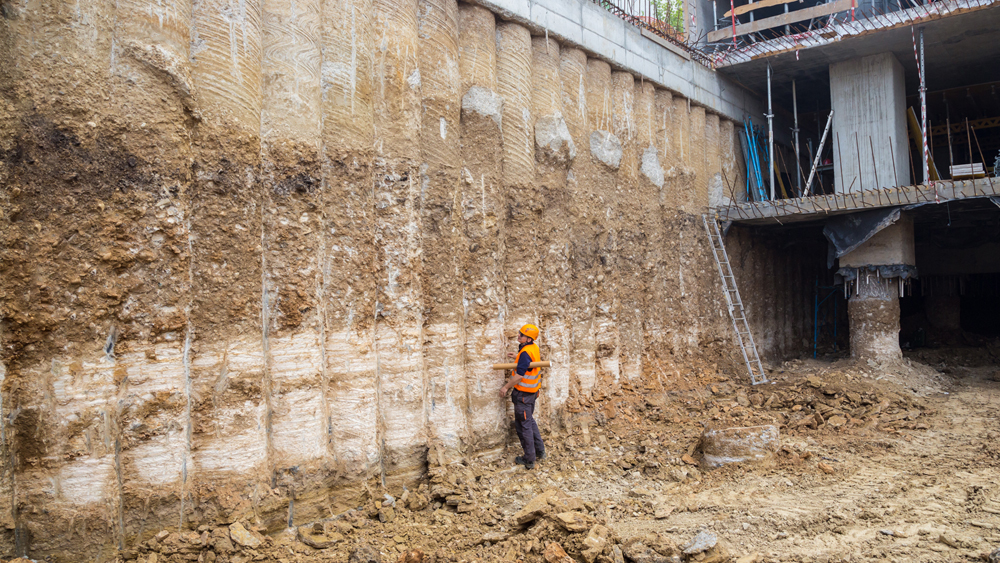Civil Geotechnical Engineering Providers for Commercial and Residential Projects
Civil Geotechnical Engineering Providers for Commercial and Residential Projects
Blog Article
Exactly How Consulting Engineers Enhance Geotechnical Design Projects: Insights Into Their Competence, Methods, and Collaborative Approaches
Consulting engineers are essential in boosting geotechnical design tasks, applying their specialized understanding to navigate the complexities of subsurface problems. Their collaborative approaches foster communication amongst varied task stakeholders, eventually forming the job's trajectory.
Function of Consulting Engineers
The knowledge of seeking advice from designers in geotechnical engineering is essential to the effective execution of building and construction jobs. These specialists play an essential function in examining soil and rock residential or commercial properties, which are critical factors affecting style and building decisions. By carrying out complete site investigations, speaking with designers accumulate crucial information that educates the design process, guaranteeing projects are developed on stable and appropriate ground.
Consulting engineers likewise give vital insights right into risk administration (geotechnical geologist). They determine possible geotechnical dangers, such as landslides, dirt liquefaction, and negotiation concerns, allowing stakeholders to implement reliable reduction approaches. Their competence aids in enhancing structure layouts, which can result in substantial expense financial savings and improved safety
Furthermore, speaking with engineers function as a crucial link between project owners, engineers, and contractors. Their capability to convert intricate geotechnical data into workable recommendations promotes collaboration and assists in informed decision-making throughout the task lifecycle. This multidisciplinary approach not just boosts job effectiveness however additionally makes certain compliance with regulative requirements and best techniques.
Trick Methodologies in Geotechnical Design

One primary methodology is website examination, which includes performing field examinations and lab evaluations to collect data on subsurface conditions. Strategies such as Criterion Infiltration Screening (SPT) and Cone Infiltration Screening (CPT) are extensively utilized to review dirt stratigraphy and toughness. Furthermore, geophysical approaches, including seismic and electric resistivity surveys, provide non-invasive methods to analyze subsurface attributes.
An additional vital technique is numerical modeling, which enables engineers to simulate numerous scenarios and predict exactly how soil-structure interactions will certainly behave under various loading conditions. Limited Element Evaluation (FEA) is a typical method employed in this context.
Additionally, the layout of foundations, retaining frameworks, and earthworks counts greatly on these methods - geotechnical geologist. By incorporating sophisticated analytical tools with area data, seeking advice from designers can develop customized remedies that deal with particular job challenges, inevitably adding to the stability and safety of construction tasks
Relevance of Soil Evaluation
Dirt evaluation works as a fundamental component in geotechnical engineering, giving important insights into the physical and her explanation chemical residential or commercial properties of dirt essential for efficient building planning. Understanding soil qualities is essential for determining its load-bearing capability, water drainage behavior, and potential for negotiation or instability. Thorough dirt examinations, including tasting and laboratory screening, assistance recognize specifications such as soil kind, wetness content, thickness, and shear toughness.
These analyses notify the choice of appropriate More Info construction techniques and products, inevitably influencing task safety and security and durability. Cohesive soils may call for various structure styles compared to granular soils, requiring customized engineering options. Soil analysis aids in identifying pollutants that could position risks to human health and wellness or the setting, permitting for the development of reduction techniques.
Including soil analysis right into the onset of project growth aids to minimize unanticipated difficulties, guaranteeing that engineers can expect and address possible issues before they rise. By developing a detailed understanding of the site conditions, getting in touch with engineers can enhance design effectiveness and decrease costs, thus improving the general success of geotechnical design projects.
Collaborative Methods in Jobs
Successful geotechnical projects frequently depend upon collective strategies that unite varied proficiency from numerous disciplines. Effective partnership among speaking with engineers, geologists, environmental scientists, and building experts is crucial for addressing complicated challenges and optimizing project outcomes. By leveraging the special abilities and understanding of each staff member, tasks can profit from an all natural understanding of the website problems, regulative demands, and engineering restrictions.
Routine interaction and interdisciplinary meetings assist in the sharing of insights and cultivate a society of teamwork. These collaborative initiatives allow the identification of potential dangers early in the job lifecycle, allowing for prompt mitigation strategies. Additionally, including responses from stakeholders, consisting of neighborhood communities and regulative agencies, makes sure that all perspectives are thought about, improving project approval and conformity.
Furthermore, the combination of innovative modern technologies, such as Geographic Details Equipment (GIS) and Structure Information Modeling (BIM), additional enhances cooperation. These devices allow for the real-time sharing of data and visualization of geotechnical problems, advertising educated decision-making. Inevitably, a joint method not only simplifies job execution yet also lays the foundation for cutting-edge services to complicated geotechnical engineering obstacles.
Impact on Project Results

Consulting designers utilize advanced approaches such as risk evaluation and anticipating modeling, which improve the accuracy of job projections. Their ability to integrate ingenious technologies, like geotechnical instrumentation and data analytics, additionally improves the design and construction procedures. Therefore, projects experience improved performance, lowered prices, and minimized delays.
Additionally, cultivating effective communication and collaboration amongst team members boosts analytical capabilities. When difficulties occur, a united front permits for swift identification of remedies, stopping prospective setbacks. Inevitably, the joint initiatives of consulting designers add to better end results, guaranteeing that jobs fulfill both governing requirements and customer assumptions.
Final Thought

Report this page